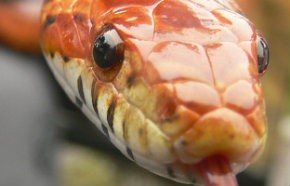Snakes in the grass
I am not squeamish about most animals or insects. I have no inordinate fears of dogs or cats. Bats are not too scary, though I would rather not have one stuck in my hair. Spiders have my respect and are not regarded as cuddly. But snakes are different. Here is where I come closest to an animal phobia.
Snakes strike me as inherently ugly: all whip-body with beady, soulless eyes. They move by slithering, which seems an innately sinister motion. It is also a given that they are under foot, easily hidden in the grass ahead of our tread. For the most part they are quiet, which adds to their menace; when they do make noise it is a hateful hissing.
I am, of course, talking about my subjective response to the creatures. They are, after all, God’s creatures, and I am well aware that not everyone finds them sinister or ugly. Here is where the church’s diversity of membership rightly and happily comes into play. Let those who appreciate snakes appreciate them (and even keep them as pets if they like). And let those of us who can only warily respect snakes respectfully keep our distance.





